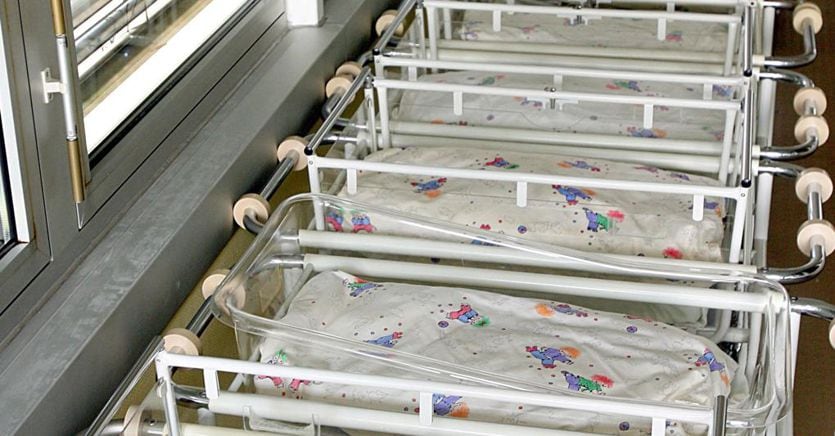“Probably this year we will once again drop” the number of those born in Italy: in 2021 there were 399 thousand but if this year’s trend continues we will fall below this threshold again. And if «today we have 800,000 people aged 90 or over, in 2050 we will have 1.7 million people aged 90 or over. In 2070 we will have 2.2 million people aged 90 or over. And of these 145,000 will be over 100, today there are 20,000. Do you understand what all this means in a country that today has 59 million inhabitants and in 2070 will have 48 million inhabitants?», warns the president of Istat, Gian Carlo Blangiardo, speaking of the demographic winter alarm at Cittàimpresa – Festival dei territories Industriali in Bergamo.
The risks of the impact of population decline on GDP
«Only as a result of demographic change, the age composition of the population, the number of inhabitants, the GDP from today’s 1,800 billion would drop by 500 billion. So the pie is reduced by a third in 2070» observes the president of Istat. Blangiardo’s reasoning is that businesses can also do something to combat the demographic winter: give an entrepreneurial response, knowing that they operate in a context of scarce resources (including demographics). It means that the drop in population that could result to date in the decades between now and 2050 will also affect the corporate population. In general that in the next thirty years the population aged 15-64 would drop from 63.6% (37.7 million) to 53.4% (28.9 million) based on the Istat median scenario, with a potential range including between 52% and 54.8%. Furthermore, in the next thirty or forty years, fertility is destined to decrease because women of reproductive age will go from 12 to 8 million.
The perspectives of a corporate welfare
A central theme therefore concerns corporate welfare. In 2020, the latest data available, the company nests counted by Istat were 191, of which 164 privately owned. With 5,878 authorized places, they covered 0.5% of children between 0 and 2 years of age, the national average; 0.4% if only privately owned ones are considered. The “strongest” data concerns the North-East, where we are at 1% coverage of the requirement. The National Recovery and Resilience Plan has allocated important resources for the expansion of educational services from 0 to six years, 4.6 billion. The “Nursery bonus” was introduced in 2017, a contribution to reimburse the expenses incurred by families for attending the nursery.
Overall, the amount disbursed by INPS to families was 241 million in 2019, 197 million in 2020 and 394 million euros in 2021. Giving an entrepreneurial, practical, perfectible response to make the population decline sustainable means, for many family businesses in our production districts, imagine consortium solutions for nursery schools or other corporate welfare services (what is said for nursery schools could also apply to RSA).
